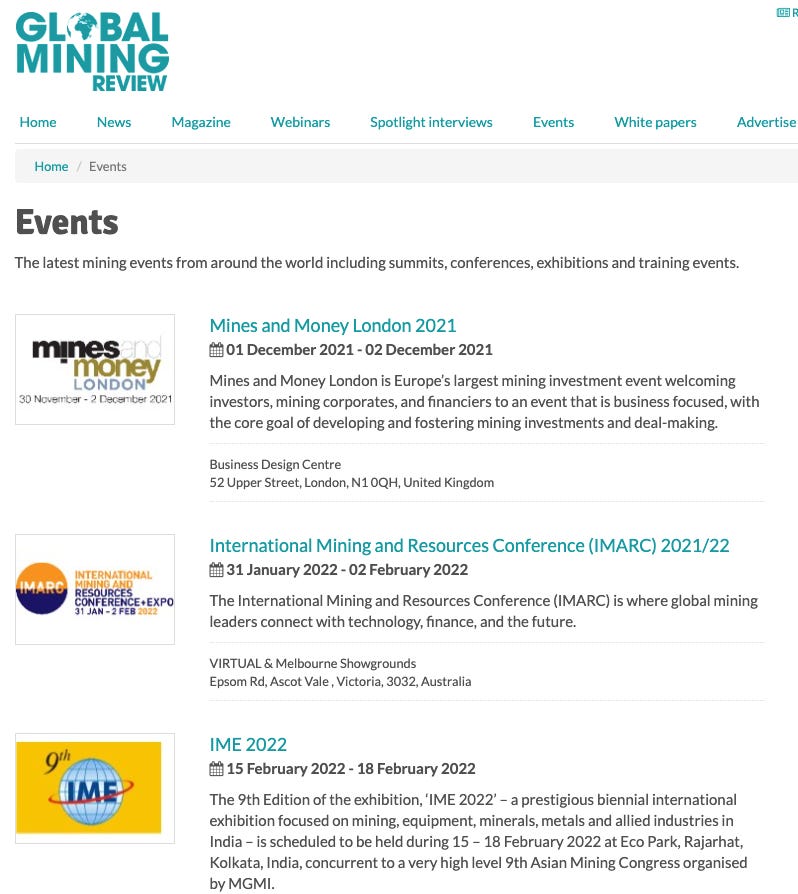Want to get better at analyzing political risk? The Two Lanterns Political Risk Academy is open. Seven hours of videos and four live sessions that cover everything from bias to scenario planning.
A student recently reached out for some advice about getting a job in political risk (see some of my advice here : link to past newsletter). We spoke about what companies apply to, whether or not to get a master’s degree, and the like. But one of the most important points I wanted to stress was that this is a job that is, also, not just a job.
It’s a definitional conundrum that, in my opinion, leads to some of the difficulties in working in this field. It is one of the foundations of what I’m trying to do with this newsletter and deserves a bit of explanation.
Working in “political risk”
Political risk is, at its core, a thing.
Companies should beware of political risk, which is, as Investopedia puts it, “the risk an investment's returns could suffer as a result of political changes or instability in a country.”
We can debate the best definition of this term (and you can scroll down to the end of the newsletter for some of that debate). But the point is that “political risk” relates to a concept, much in the same way that we might talk about cybersecurity, financial modeling, or leadership. It describes a set of threats to a business or organization.
When people talk about getting a job in political risk, they mean getting a job analyzing those risks. In that sense, being a political risk analyst denotes having a set of skills that makes a person well-suited to understanding and anticipating governmental action.
In Condoleeza Rice and Amy Zegart’s book Political Risk, the authors broaden the definition to include non-governmental political and social actions, like boycotts and terrorist activity, so let’s assume that being a political risk analyst really means a job where you think about what’s going on in the world and try to forecast what might happen before it does.
This leads to a pretty big problem that is the first question in nearly every conversation I have with someone breaking into this field. Where do you do that?
The four parts of the field
If I said that I worked in the mining industry, you would know immediately where I would work - a mining company or one that works with them.
When people want to work in the political risk industry, they often think the same thing. An industry is full of companies that do that work, so they start googling political risk firms and asking how to get a job there.
However, if we think about what jobs involve thinking about the political world, only a small fraction exist at places like the Eurasia Group that have political risk on their About page.
I tend to think of the practice of political risk as sitting in four buckets.
Political Risk Consultancies. These are the companies (or groups within companies) whose primary services are political risk reports, subscriptions, etc. They are what newcomers to this field often think of.
Political Risk Adjacent. These places, usually but not always, companies, provide a variety of services, and political risk may sometimes be involved. A company specializing in business intelligence may need to have a section on the political risk in a country in a longer due diligence report. It’s a part of their work even if it isn’t how they’re advertised.
In-house experts. Rice and Zegart’s book features interviews with security analysts and managers at major corporations for their thoughts on understanding political risk. Their point is simple: even though a company like Marriott is a hotel chain, there’s a place within its corporate ranks for political risk analysts.
Part-time practitioners. One area that is often overlooked are those who have to think about political risks, even if it’s nowhere in their job title. The founder of a startup that pushes the limits on existing regulations (like Uber or AirBNB) may spend most of their time working on the product, but also has to think about whether or not governments will change laws. A legislative aide may spend most of their time dealing with constituent email but also has to forecast whether a bill has a good chance of success. These people are never classified as political risk analysts, even if sometimes they analyze political risks.
Why is this a problem?
If I worked in mining, there would be plenty of opportunities to learn about what’s happening in the industry. Industry-specific publications, conferences, and other events are easy to find. I found the below in ten seconds on Google.
However, this assumes that there is a single industry to reach out to and that those in it are engaged in the topic full-time. When the people practicing political risk analysis are everywhere from dedicated consultancies to any organization that is impacted by politics (ie, most in the world), it’s harder to get them into one place.
The purpose of this newsletter
That is the dilemma that I’m trying to address with this newsletter. Rather than treat political risk as a single industry, I view it as a type of work that is relevant to many scattered across lots of different types of companies and governmental departments.
In future issues, I’m going to be placing increased emphasis on what’s happening within this “industry,” debates about best practices, and perspectives from different parts of this world. If you’re interested in writing a guest post, please let me know.
Want to get better at analyzing political risk? The Two Lanterns Political Risk Academy is open. Seven hours of videos and four live sessions that cover everything from bias to scenario planning.



